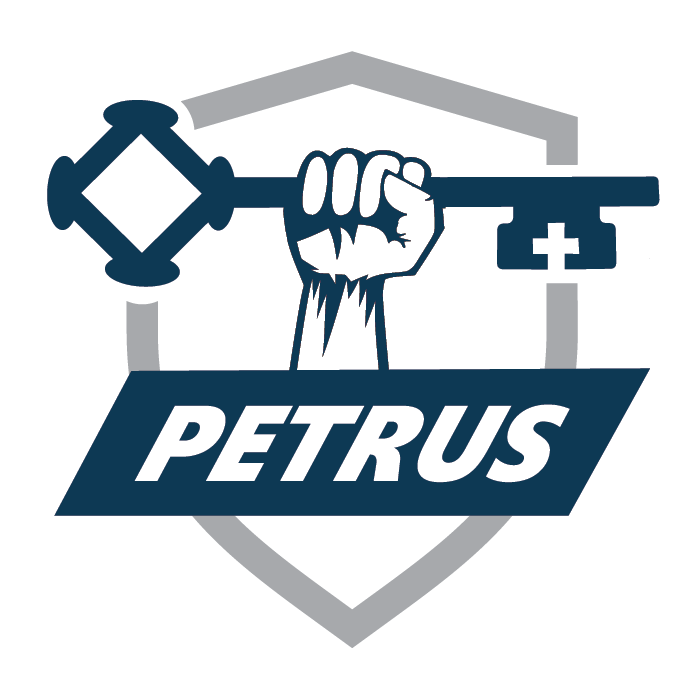Your roof is one of the most critical components of your home, protecting you and your belongings from the elements. Ensuring its longevity involves regular maintenance and timely repairs. Here are the three most important maintenance items to focus on to keep your roof in top condition for years to come.
1. Regular Inspections and Timely Repairs
Regular inspections are crucial for identifying and addressing potential issues before they become major problems. Here’s how to conduct an effective roof inspection and what to look for:
a. Biannual Inspections: Inspect your roof at least twice a year, ideally in the spring and fall. These inspections help you catch damage from winter weather or prepare for the stormy seasons.
b. After Severe Weather: Conduct an additional inspection after significant weather events, such as heavy rain, hailstorms, or strong winds. Look for missing shingles, dents, or other visible damage.
c. Key Areas to Inspect:
- Shingles: Check for curling, cracking, or missing shingles. These signs indicate that shingles are reaching the end of their lifespan and may need replacement.
- Flashing: Inspect the flashing around chimneys, vents, and skylights. Ensure it’s not cracked, bent, or separated from the roof surface, as damaged flashing can lead to leaks.
- Gutters and Downspouts: Ensure gutters and downspouts are clear of debris and securely attached. Look for signs of rust, corrosion, or sagging.
d. Professional Inspections: While DIY inspections are helpful, having a professional roofer inspect your roof every few years can provide a more thorough assessment. Professionals can spot subtle issues that might be missed during a DIY check.
e. Timely Repairs: Address any issues immediately. Delaying repairs can lead to more extensive damage and costly fixes. For example, replacing a few missing shingles promptly can prevent water from seeping into the underlayment and causing structural damage.
2. Maintaining Clean Gutters and Proper Ventilation
Clean gutters and proper ventilation are vital for preventing water damage and ensuring the overall health of your roof. Here’s how to manage these critical aspects:
a. Clean Gutters Regularly:
- Frequency: Clean your gutters at least twice a year, or more frequently if you have overhanging trees that shed leaves and debris.
- Method: Use a sturdy ladder, gloves, and a scoop to remove leaves, twigs, and other debris. Ensure downspouts are clear and free-flowing.
- Check for Damage: While cleaning, inspect gutters for rust, corrosion, and secure attachments. Repair or replace damaged sections promptly.
b. Install Gutter Guards: Consider installing gutter guards to minimize the accumulation of debris. These guards can significantly reduce the frequency of gutter cleaning and prevent blockages.
c. Ensure Proper Ventilation:
- Attic Ventilation: Adequate attic ventilation prevents moisture buildup and helps regulate temperature. This can extend the life of your roof and prevent issues like ice dams in winter.
- Inspect Vents: Check that ridge vents, soffit vents, and other ventilation systems are unobstructed and functioning correctly. Blocked vents can lead to moisture buildup and increase the risk of mold and rot.
3. Managing Roof Debris and Vegetation
Keeping your roof free from debris and managing vegetation around your home is essential for maintaining its integrity. Here’s how to do it:
a. Remove Debris: Regularly clear your roof of leaves, branches, and other debris. Accumulated debris can trap moisture, leading to mold, mildew, and rot.
b. Trim Overhanging Branches: Trees with branches that overhang your roof can pose multiple risks:
- Physical Damage: Branches can scrape and damage shingles, especially during storms.
- Increased Debris: Overhanging branches can drop leaves and twigs onto your roof, leading to clogged gutters and additional maintenance.
- Pest Access: Trees close to your roof can provide a pathway for pests like squirrels and raccoons to access your home.
c. Moss and Algae Control:
- Prevention: Apply zinc or copper strips along the roof ridge to prevent moss and algae growth. These metals are natural inhibitors and can help keep your roof clear.
- Removal: If you notice moss or algae, remove it carefully using a soft brush and a mixture of water and mild detergent. Avoid pressure washing, as it can damage shingles.
Conclusion
Maintaining a long-lasting roof requires regular inspections, clean gutters, proper ventilation, and proactive debris and vegetation management. By focusing on these three essential maintenance items, you can protect your home, extend the life of your roof, and avoid costly repairs. Remember, when in doubt, always consult a professional roofer to ensure your roof remains in optimal condition. A little maintenance goes a long way in preserving the safety and value of your home.

